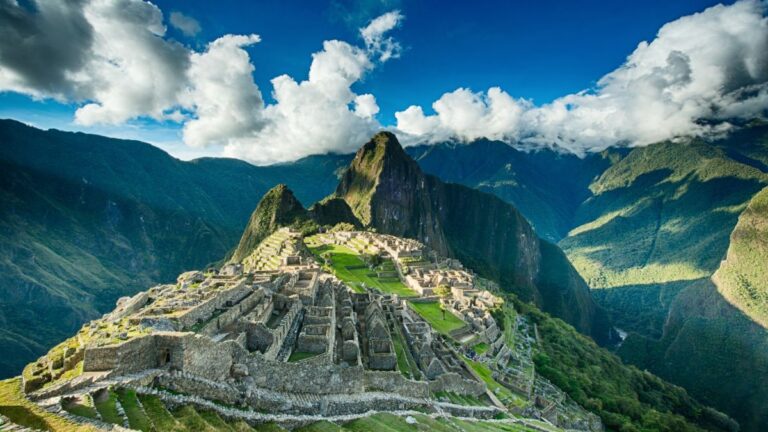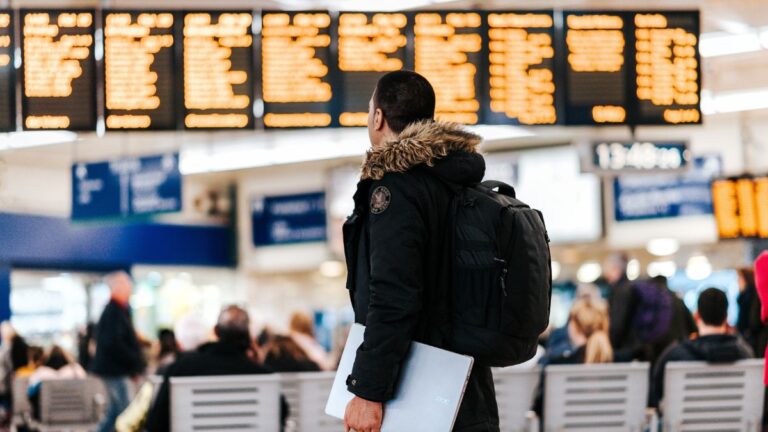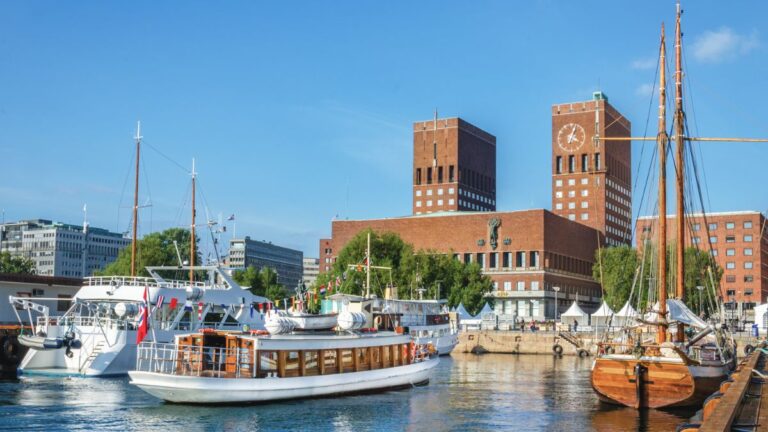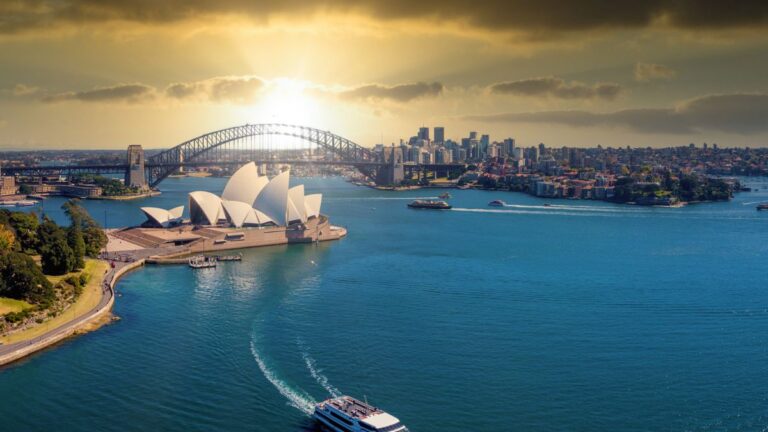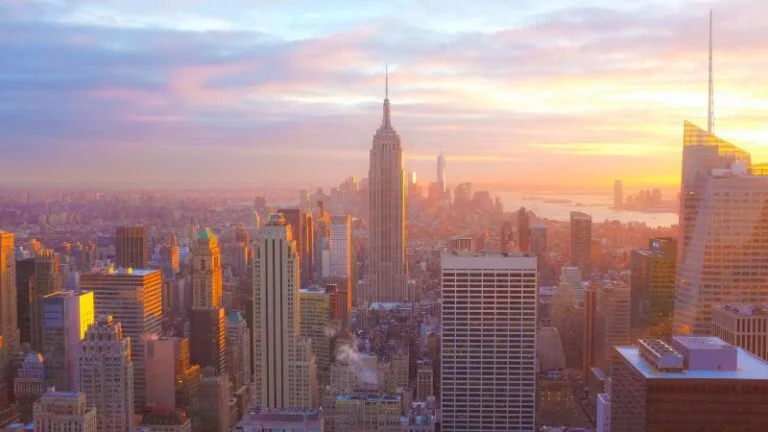Worst Time to Visit Zagreb: Dealing with Harsh Winters and Limited Attractions
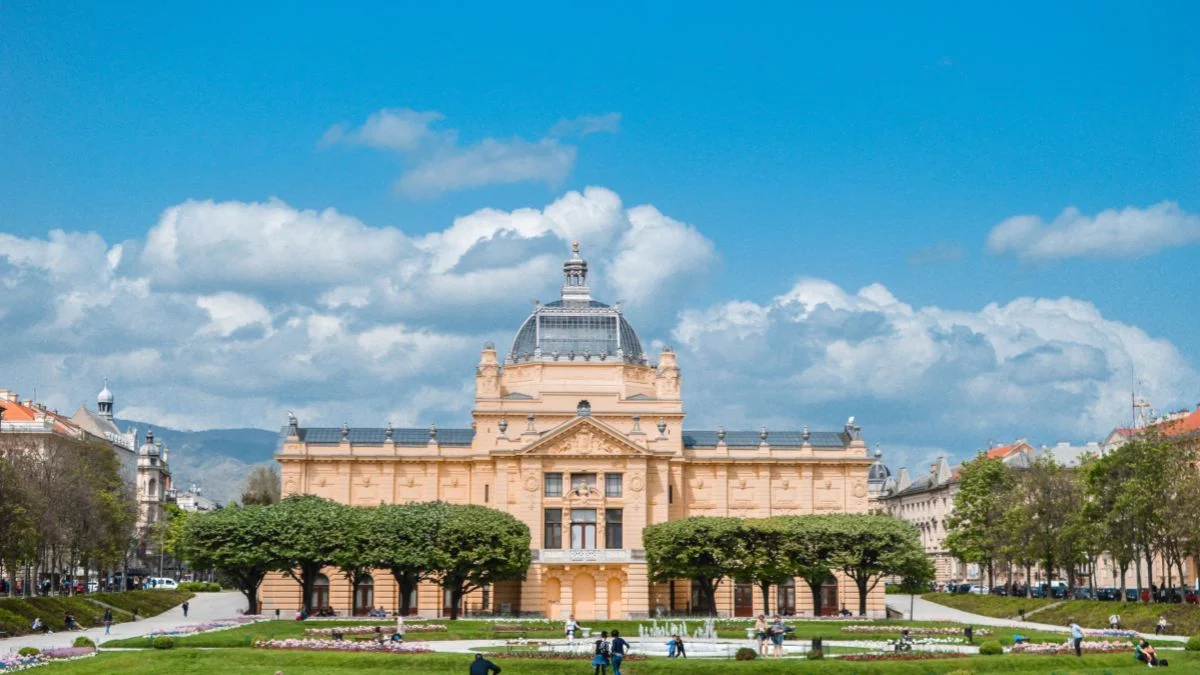
As participants in Amazon Associates and other programs, we earn from qualifying purchases. This comes at no additional cost to you. For more details, see our Affiliate Disclosure.
Zagreb, the capital city of Croatia, is an enchanting place that brims with historic charm, vibrant street life, and an exciting array of cultural offerings. However, like any other destination, it has its off-peak periods, when the city’s sparkle seems to dull under challenging weather conditions and limited attractions.
This article takes you through the less inviting times to visit this captivating city – typically the harsh winter months when temperatures can plunge considerably, and outdoor activities are curtailed. We’ll dive into what makes this time less desirable, from the weather challenges to the closure of several attractions, providing you with an in-depth guide to when it might be best to skip a trip to Zagreb.
An Overview of Zagreb’s Seasonal Climate
Zagreb experiences a moderate continental climate, which brings with it four distinct seasons, each with its own unique characteristics. The spring (March to May) and autumn (September to November) seasons are generally pleasant, with moderate temperatures and a fair amount of rainfall, making these periods ideal for tourists who enjoy exploring the outdoors.
Summers (June to August) in Zagreb can be hot, with temperatures frequently climbing above 30 degrees Celsius (86 degrees Fahrenheit). This period is usually marked by an influx of tourists and an array of festivals and outdoor events that take full advantage of the sunshine.
However, winters (December to February) can be a stark contrast, with temperatures often dropping below freezing, especially during January. Snowfall is common during this season, and the city typically experiences its highest levels of precipitation. Additionally, days are short, with daylight often dwindling by 4 PM. T
he harsh weather conditions during winter can make exploring the city quite challenging, significantly curtailing outdoor activities and limiting the operational hours of several attractions.
The next sections delve into these winter challenges in more detail, providing you with a comprehensive understanding of what to expect when visiting Zagreb during its off-peak season.
The Unforgiving Chill of Zagreb Winters
The winter season in Zagreb can be unapologetically cold and harsh. From December to February, the city is often blanketed in a cover of snow, and temperatures often drop below freezing, especially during the peak of winter in January. It’s not uncommon for the mercury to plummet to as low as -10 degrees Celsius (14 degrees Fahrenheit) during the coldest nights.
While a snow-covered city can present a picturesque landscape, the freezing temperatures are a challenge to cope with, especially for tourists hailing from warmer climates. Moreover, the biting wind, known as the “bura”, can make the ambient temperature feel even colder.
It’s not just the bitter cold that visitors have to deal with. Winter in Zagreb also brings shorter daylight hours. With the sun setting as early as 4 PM, the days feel significantly shorter, limiting the time for sightseeing and outdoor exploration. Furthermore, icy conditions on roads and pavements can pose safety concerns, especially for the elderly or those with mobility issues.
Limited Outdoor Activities During Winter
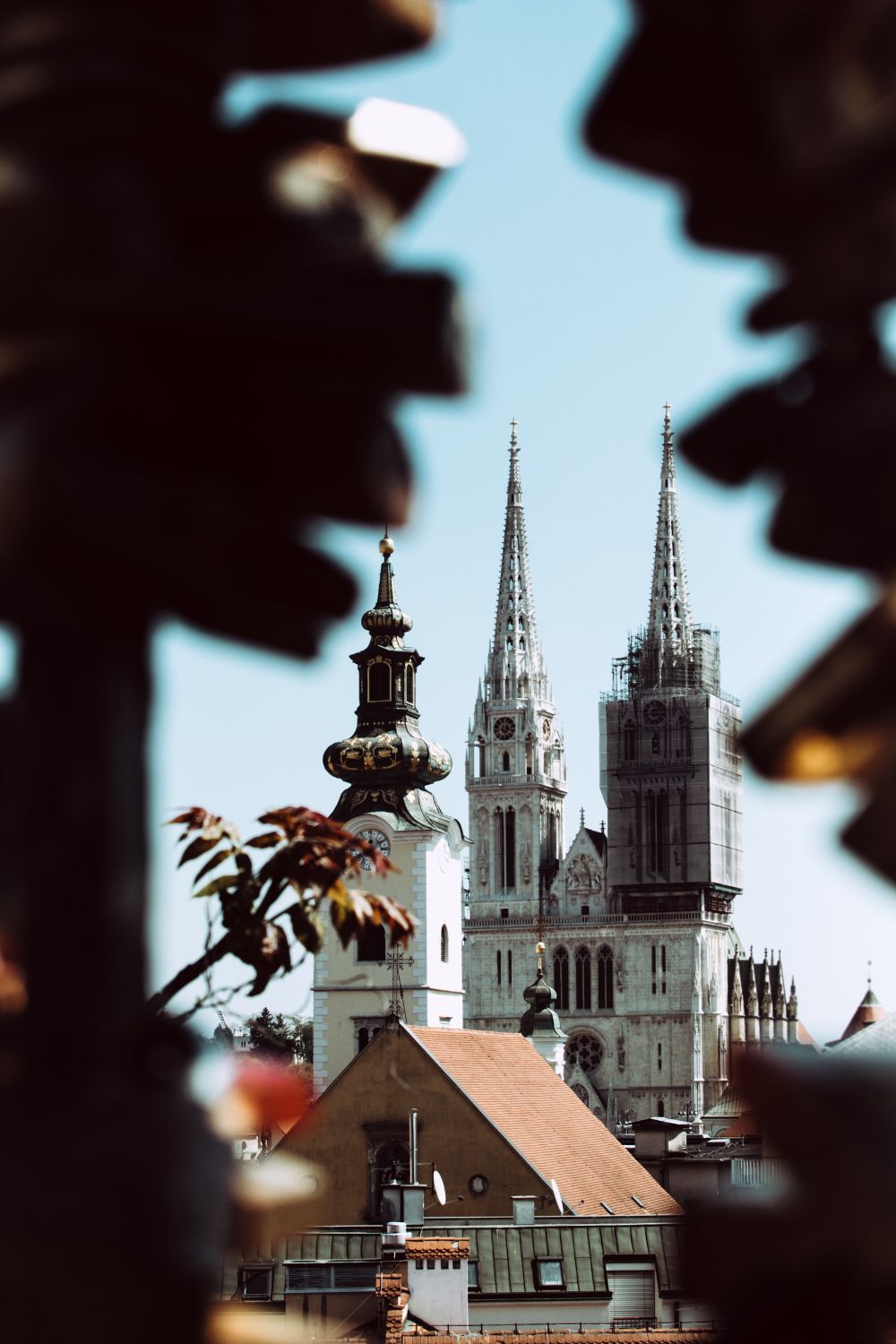
Outdoor activities, which form a significant part of the tourist experience in Zagreb, are substantially curtailed during the winter months. As the city gets enveloped in the freezing cold, many of the city’s popular outdoor attractions like the Maksimir Park, Medvednica mountain, and the numerous charming outdoor cafés in the city center, lose much of their allure due to the harsh weather conditions.
Nature walks and hiking, particularly popular in the Medvednica area, become challenging and often dangerous due to icy conditions and limited visibility. Likewise, strolling around the city, a pleasure in milder weather, becomes a daunting task as the streets turn slippery and the chill factor increases.
Zagreb’s famous outdoor farmers’ markets, like Dolac, see fewer vendors and reduced operating hours. The vibrancy of these markets, usually teeming with fresh produce and local delicacies, is notably subdued during winter.
Despite these restrictions, winter isn’t without its charm. Some outdoor activities are unique to this season, such as ice-skating at King Tomislav Square and winter sports in the Medvednica area. However, these are heavily dependent on the weather and may not be to everyone’s liking, especially those unaccustomed to severe cold weather.
Zagreb’s Major Attractions: Winter Closures and Reduced Hours
While Zagreb boasts an array of significant cultural and historical attractions, the harsh winter season can affect their accessibility and operation. Many of the city’s famed attractions, such as the Museum of Broken Relationships, the Archaeological Museum, and the Croatian Museum of Naive Art, may operate on reduced hours during these colder months. Early closures can limit the time tourists have to explore these captivating sites, particularly given the shorter daylight hours of winter.
Outdoor attractions are even more significantly impacted. For instance, the Zagreb Zoo, situated within Maksimir Park, is often closed on days with extreme weather conditions. Similarly, guided tours around historical sites, like the Medieval Gric Tunnel or the Stone Gate, may be cancelled or rescheduled due to bad weather.
Moreover, some seasonal attractions like the popular Strossmayer Promenade, which is usually vibrant with artists and vendors during summer, remain mostly inactive during winter, barring the occasional winter festival or event.
However, it’s worth noting that many indoor attractions, such as museums and galleries, remain open, though visitors should always check in advance for any changes in opening times or unexpected closures.
Navigating the City: Transportation Difficulties in Winter
Navigating Zagreb during the winter months can pose certain challenges due to inclement weather conditions. Although the city’s public transport system, which includes trams and buses, generally continues to operate, services may be sporadic or delayed during periods of heavy snowfall or icy conditions. This can make getting around the city somewhat difficult and unpredictable.
The narrow, cobblestone streets in the historic city center can become particularly slippery, making walking hazardous, especially for elderly travelers or those with mobility issues. Furthermore, road conditions can also be treacherous for drivers unused to navigating in snowy or icy conditions, so hiring a car during winter may not be the best option.
Despite these potential difficulties, it’s important to note that Zagreb’s city administration is usually prompt and efficient in clearing major roads and sidewalks. Still, it’s advisable to check the local weather forecast and be prepared for possible delays or disruptions in transportation services. Additionally, using reliable taxi services or ride-sharing apps could be a safer and more comfortable alternative for commuting during the winter season.
When Festivals and Events Hibernate: The Cultural Impact of Winter
One of the defining features of Zagreb is its rich calendar of cultural events and festivals. However, during the winter months, this vibrant event schedule noticeably slows down. Many of the open-air concerts, food festivals, and street performances that make Zagreb so lively in the warmer months are absent, as they hibernate till the return of spring.
Notably, the summer Dance Evenings on Zrinjevac and the Strossmartre Summer Festival, which bring art, music, and entertainment to the city’s public spaces, are seasonal attractions that end by autumn. Their absence during winter can diminish the cultural vibrancy that typically defines the city.
However, it’s not all quiet on the cultural front in winter. One significant exception is the ‘Advent in Zagreb‘—an award-winning Christmas market which usually starts at the end of November and lasts through December. This festive event, filled with holiday decorations, food stalls, and live music, attracts many visitors despite the cold. But post-Christmas, the cultural scene quiets down again until the onset of spring.
Health Considerations for Traveling in Winter
Traveling during the winter season, especially to a place with a cold climate like Zagreb, comes with certain health considerations. The harsh winter conditions can pose challenges for individuals with certain health conditions, particularly respiratory problems like asthma or COPD, as cold air can exacerbate these conditions.
Furthermore, the risk of cold-related illnesses, such as hypothermia or frostbite, is higher during this time. These risks are particularly relevant for older travelers, young children, or anyone not adequately prepared for the freezing temperatures.
Walking on icy, slippery streets can also increase the risk of accidents and injuries. It’s important to have appropriate footwear to prevent slips or falls, and older adults or individuals with mobility issues should be especially cautious.
It’s also worth noting that seasonal flu and other respiratory infections are more common during the winter months. Therefore, it’s recommended to have relevant vaccinations before travel to reduce the risk of falling ill during your trip.
To enjoy a winter trip to Zagreb, it’s crucial to prepare appropriately. This includes packing warm clothing, including thermals, hats, gloves, and scarves, and staying well-hydrated. Precautionary measures like these can help mitigate the health risks associated with winter travel.
Why Some Travelers Still Choose Winter: A Silver Lining
Despite the harsh winters and the limitations they impose, there are travelers who still find Zagreb’s winter season alluring, and it’s not hard to see why. For one, there is a certain beauty that the city acquires under a blanket of snow. The historic architecture of the Upper Town, adorned in white, can create a picturesque, almost fairytale-like landscape that holds its own charm for those willing to brave the cold.
Moreover, while outdoor activities might be restricted, the winter season brings with it unique experiences. Zagreb’s Christmas Market, Advent, is renowned as one of the best in Europe, with the entire city transforming into a festive wonderland full of twinkling lights, holiday decorations, food stalls serving traditional Croatian winter delicacies, and live music, creating an ambiance that is magical.
Additionally, for winter sports enthusiasts, the snow-laden Medvednica Mountain offers opportunities for skiing, snowboarding, and sledding, providing a different perspective of the city’s surroundings.
Winter is also a more peaceful time to explore Zagreb’s indoor attractions like museums, galleries, and its famed cathedral, as they are generally less crowded. You can navigate through the exhibits at your own pace and enjoy the city’s rich culture and history without the rush typical of peak tourist seasons.
Lastly, traveling in winter could also be more economical. Many hotels offer off-season discounts, and you may find better deals on flights, making it a potentially budget-friendly option for travelers.
Better Times to Visit Zagreb: An Alternative Plan
For travelers seeking a more temperate climate and a broader range of experiences, the best times to visit Zagreb are during spring (March-May) and autumn (September-November). During these seasons, the city’s weather is generally pleasant, allowing for a wider range of outdoor activities and events. Moreover, these periods are less crowded than the peak summer months but still provide an opportunity to experience the city’s vibrant cultural scene.
Alternative Plan:
- Visit During Spring or Autumn: During these seasons, the weather is usually comfortable, with mild temperatures and less rainfall compared to other seasons. The city also bursts into a riot of colors with the blooming flowers in spring and the changing leaves in autumn, providing beautiful scenery for your trip.
- Explore Outdoor Attractions: Unlike winter, these seasons offer a great opportunity to explore Zagreb’s parks, such as Maksimir Park and Botanical Gardens, or hike on Medvednica mountain. You can also enjoy a leisurely stroll around the historic Upper Town without worrying about cold weather or slippery streets.
- Enjoy Open-Air Events: Many of Zagreb’s cultural events and festivals, such as the Dance Evenings on Zrinjevac or Strossmartre Summer Festival, occur during the warmer months. These events offer live music, art installations, food festivals, and much more.
- Experience Zagreb’s Cafe Culture: Zagreb is famous for its outdoor cafes. During spring and autumn, these cafes are lively, and you can enjoy your coffee while people-watching or soaking in the city’s atmosphere.
- Tour the City on a Bike: Zagreb has a good network of bike lanes, and the mild weather during these months is perfect for biking around the city.
In all, while winter has its unique charm, traveling to Zagreb during spring or autumn can provide a more versatile and comfortable travel experience.
Balancing the Pros and Cons of Winter Travel to Zagreb
Choosing to visit Zagreb during winter is not without its charm, but it’s a decision that requires a careful balance of the pros and cons. On one hand, the city’s winter landscape can be breathtaking, and the festive atmosphere during Advent is unparalleled. For winter sports enthusiasts, the snow-laden Medvednica Mountain offers a unique recreational opportunity. The lack of crowds at major attractions and the potential for off-season discounts can also be appealing for certain travelers.
However, on the other hand, the harsh cold, the increased possibility of travel disruptions, and the limited daylight hours can impact the overall travel experience. The reduction in outdoor activities, coupled with shortened operating hours or closures of certain attractions, may limit what you can see and do. Health considerations, particularly for older travelers or those with certain medical conditions, are also important to factor in when planning a winter trip to Zagreb.
Ultimately, the decision to travel to Zagreb during winter hinges on individual preferences and tolerance for cold weather. It’s crucial to thoroughly research and understand the potential challenges to ensure a comfortable and enjoyable trip. If the winter season seems too daunting, remember that Zagreb is a city of many facets, equally enjoyable, if not more so, during the more temperate seasons.

